Swiss fans of the ‘Russian-style’ dip
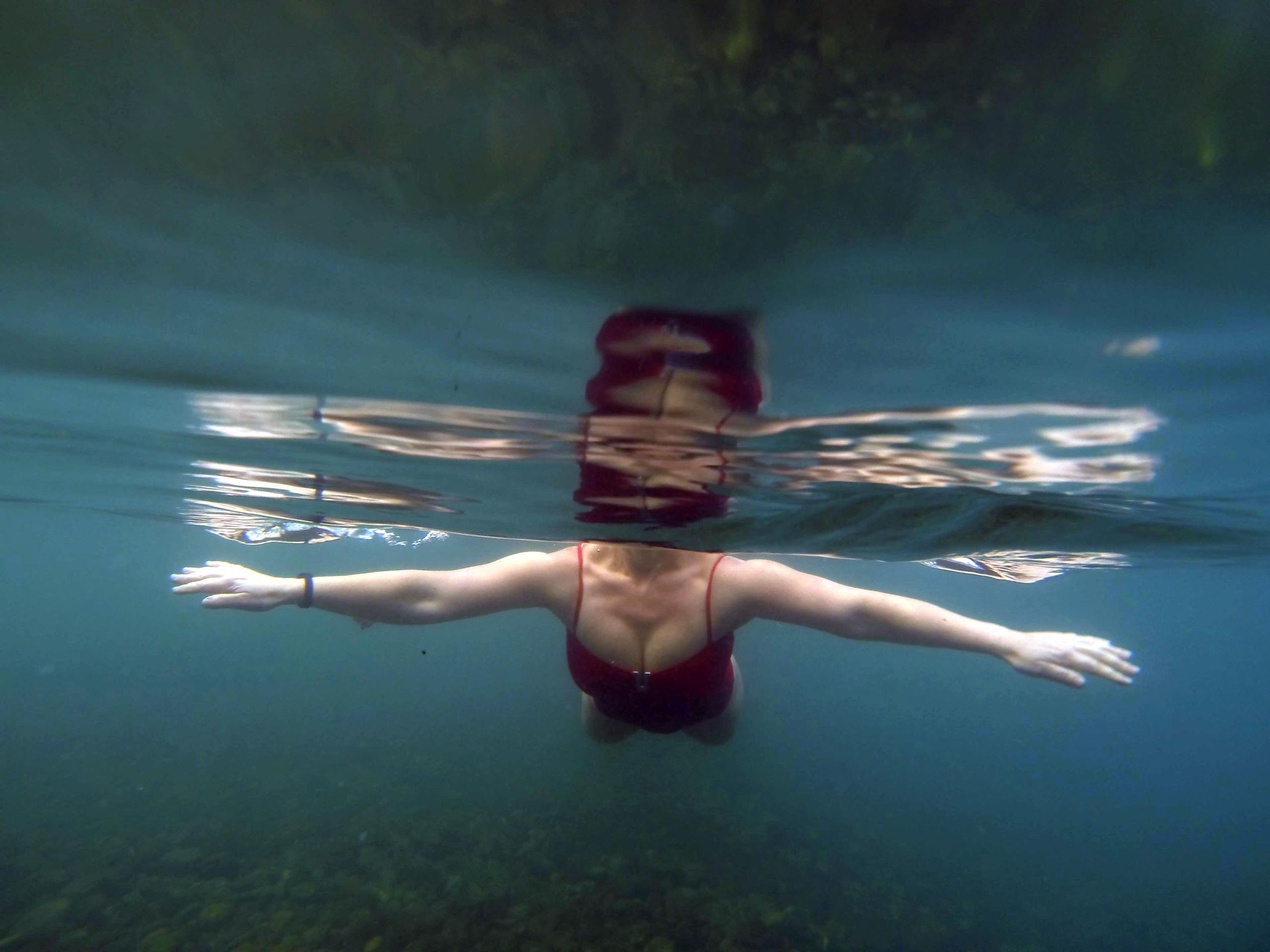
The press often report on “Russian winter swimming”, a legacy of the Orthodox tradition which involves going for a dip in ice cold water on the Feast of Epiphany. But people in Switzerland also take part in similar events from December to March. swissinfo.ch caught up with two of these cold water enthusiasts.
“I was born in Chita, Siberia. Temperatures there can sink to -50 degrees Celsius. Experiencing the cold is one of my childhood memories,” says Annushka Leykum.
Leykum, a 37-year-old Russian, has lived in Switzerland for 14 years. Shortly after moving to Bern, after leaving a German lesson, she was walking along the Aare river and asked people sitting on a bench if it was possible to go for a dip. “You can, but in summer,” they answered.
“The next time,” she says, “I brought my swimsuit and a towel and I dove in. It wasn’t even close to summer. Passers-by stared at me as if I was crazy, and some even tried to put me off.”
Cryotherapy is the local or general use of low temperatures to treat various diseases. It should not be confused with cryosurgery, which is the use of extremely low temperatures (-195 degrees Clesius) to destroy benign or malignant lesions.
Cold temperatures cause blood to be saturated with endorphins, and inflammation to decrease. They also promote blood circulation and microcirculation, stimulate collagen and elastin production in skin, and boost the immune system.
Leykum’s passion for the cold developed long before she arrived in Bern. When she was 17, she had a lung infection which doctors were unable to treat at first. “My body rejected the antibiotics, and it got even worse.” That’s when cold treatment – cryotherapy, to be precise – came to the rescue. “The doctors suggested I try out a refrigerated rooms treatment. It was very simple: wearing only shoes, gloves and a woollen hat, I had to enter rooms with temperatures of -50 Celsius, -70 Celsius and -90 Celsius for a few seconds at a time.”
These days Leykum takes a dip in the Aare three or four times a week. She usually goes on her own because she knows the river well and she trusts her body. Doctors recommend that swimmers stay in the water for the number of minutes equivalent to the temperature – for example, eight minutes at 8 degrees. “When I started out, I didn’t know that,” she says. “I would swim for 12 to 15 minutes in water of 5 degrees Celsius.” The young woman stresses that she sees winter dips as neither a sport nor a hobby. “I need it to feel good. It’s the best way I’ve found to feel rested and relaxed.”
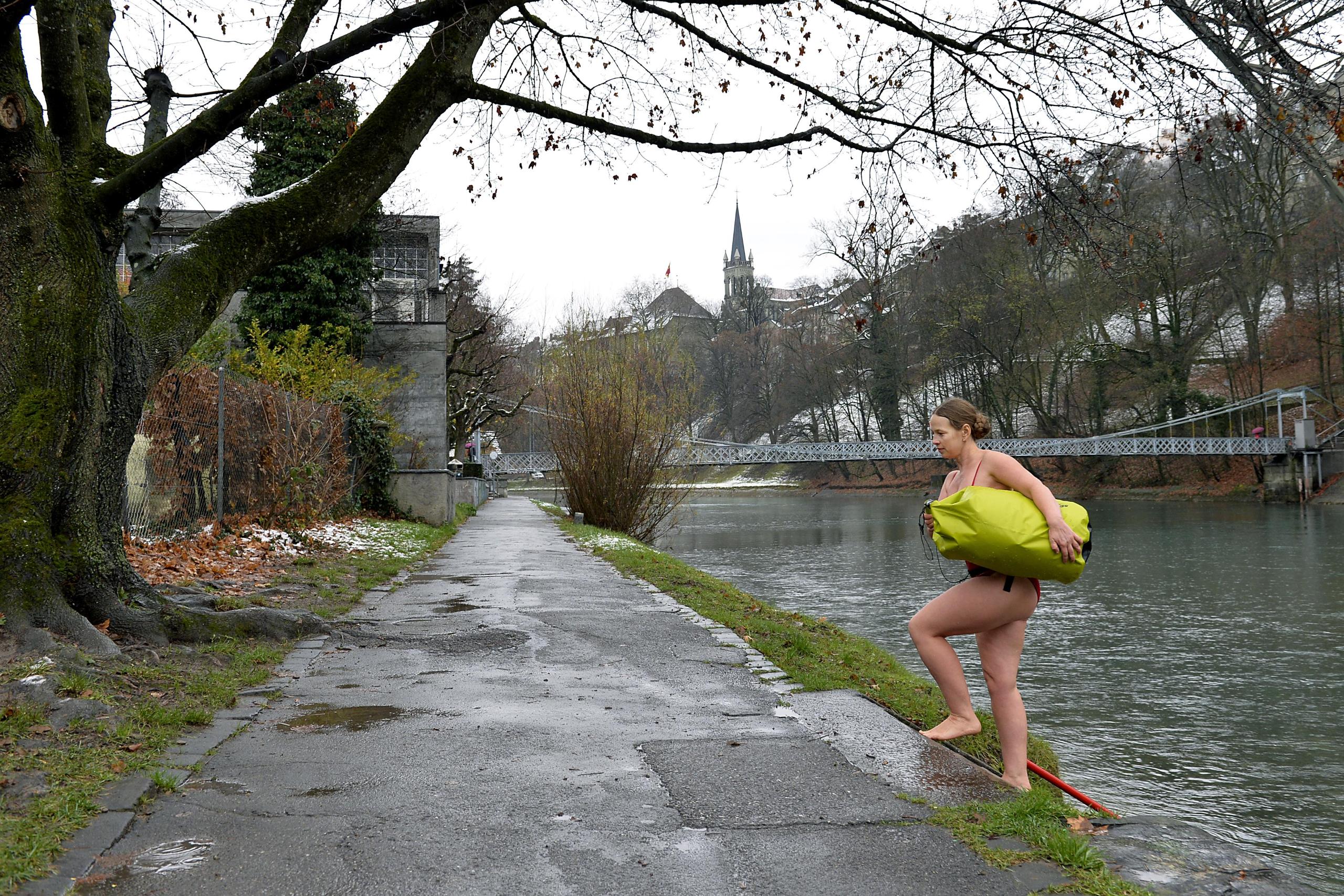
Having a dip alone or in a group
There is no single organisation in Switzerland that unites all winter swimming fans. There are a number of small groups of people who meet up to swim together, such as the Gfrörli Club, in Bern, of which Leykum is a member. “We met on the banks of the Aare three years ago. At the time, members only got together on Fridays. Since then we’ve added a second weekly session.” A club member occasionally looks after Leykum’s daughter while she is in the water.
Although there is no national organisation, there are several events bringing fan of cold water dips together, especially before Christmas and after New Year’s. In Geneva, the Christmas Cup has been around since 1934. And in Zurich, fans have gathered for the Samichlaus-Schwimmen (Santa Claus swim) since 2000. The events are usually organised by the sports sections of towns or cantons.
A number of other events have developed thanks to the enthusiasm of individuals. Thomas Jenatsch of Bern organised a New Year’s Day dip for his acquaintances two years in a row. “Eight people took part in 2014 and in 2015 it was already 23.” Jenatsch also introduced people to the International Ice Swimming Association. “According to the rules of the organisation, a skilled ice swimmer should be able to swim 1km in water of 5 degrees. I used this piece of information as a point of reference and I achieved this result in Lake Wohlen last year.”
No rush
People can take up cold water swimming at any age. Jenatsch took his first plunge three years ago, when he was 48. He says the most important thing is to proceed gradually, in autumn, so that your body can get used to low temperatures.
There’s a lot of talk about winter swimming, but how much of it is a myth? Is it true, for example, that some enthusiasts no longer fall ill? Annushka Leykum says she doesn’t have colds any more. “But the psychological effect of cold dips is more difficult to assess. When I get out of the water, I feel both restored and strengthened,” she says. Thomas Jenatsch is also convinced of the benefits of cold water: “Since I began swimming regularly, I haven’t had the flu or colds. My condition has improved. I feel so healthy I could move mountains.”
There are counter-arguments and contra-indications, as can be expected. Cold water swimming is discouraged for those with chronic cardiovascular or nervous system diseases. A medical exam is recommended for beginners, even if they are healthy. What else should they take into account? “It is important to prepare oneself psychologically, to breathe correctly and to focus on how your body is feeling. Then the temperature of the water will not matter so much,” says Jenatsch. “Once in the water, you need to breathe slowly and deeply, not to rush or speed up.”
Leykum agrees that breathing correctly is key. “Having self-confidence and being able to listen to your body and to relax plays an even more important role and makes swimming pleasurable. You need to make sure you are not shivering and your teeth are not chattering.”
And what does Leykum do in summer, when the temperature of the Aare is above 20 degrees? “I sometimes fill the bath with cold water and lie down,” she says with a smile.
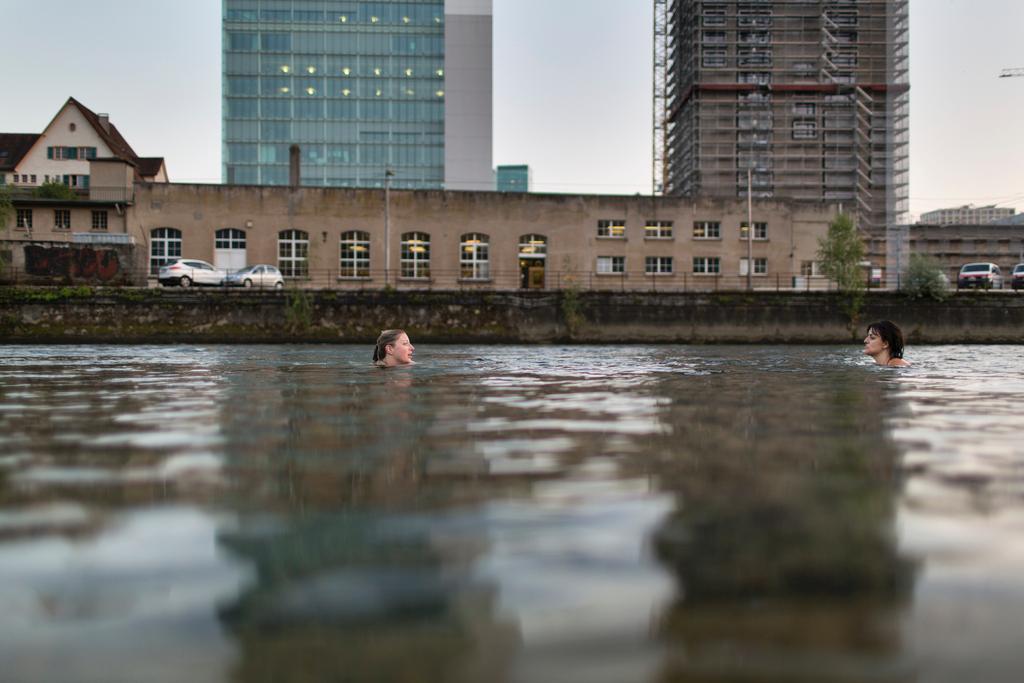
More
How to be a beach bum in a landlocked country
Translated from French by Beatrice Murail

In compliance with the JTI standards
More: SWI swissinfo.ch certified by the Journalism Trust Initiative
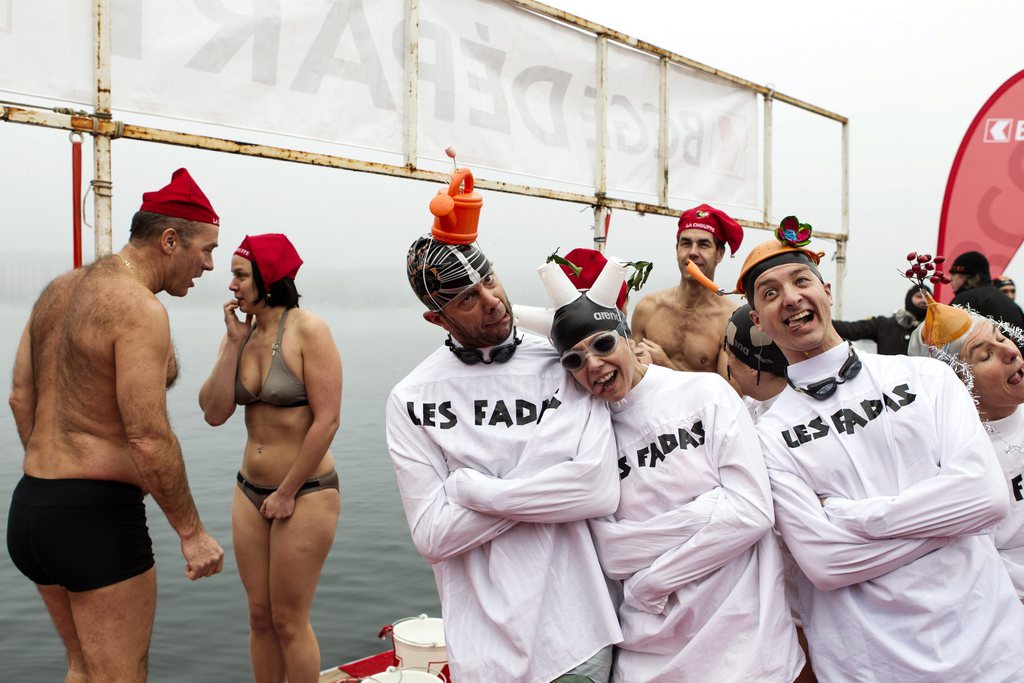
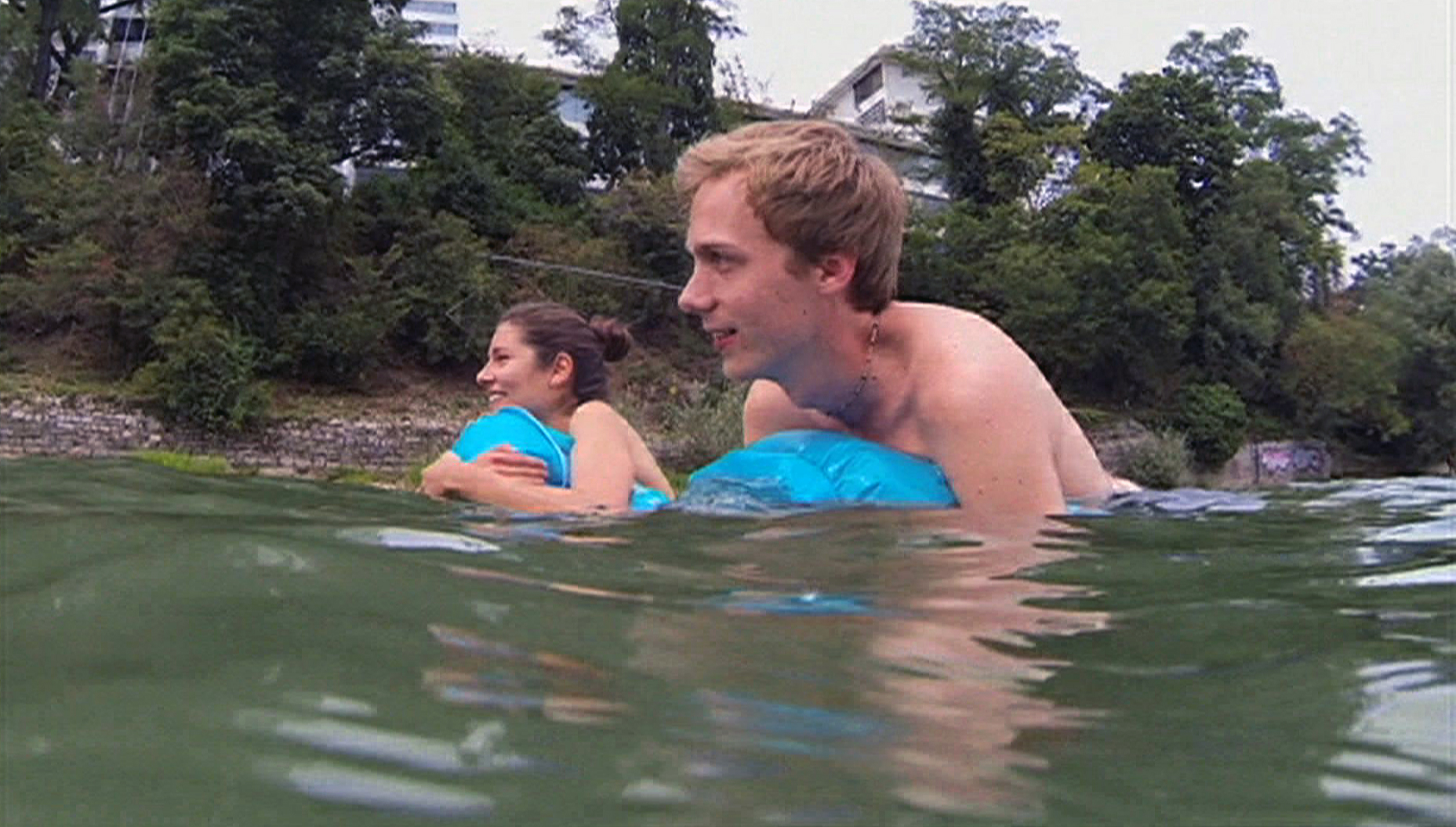

You can find an overview of ongoing debates with our journalists here . Please join us!
If you want to start a conversation about a topic raised in this article or want to report factual errors, email us at english@swissinfo.ch.